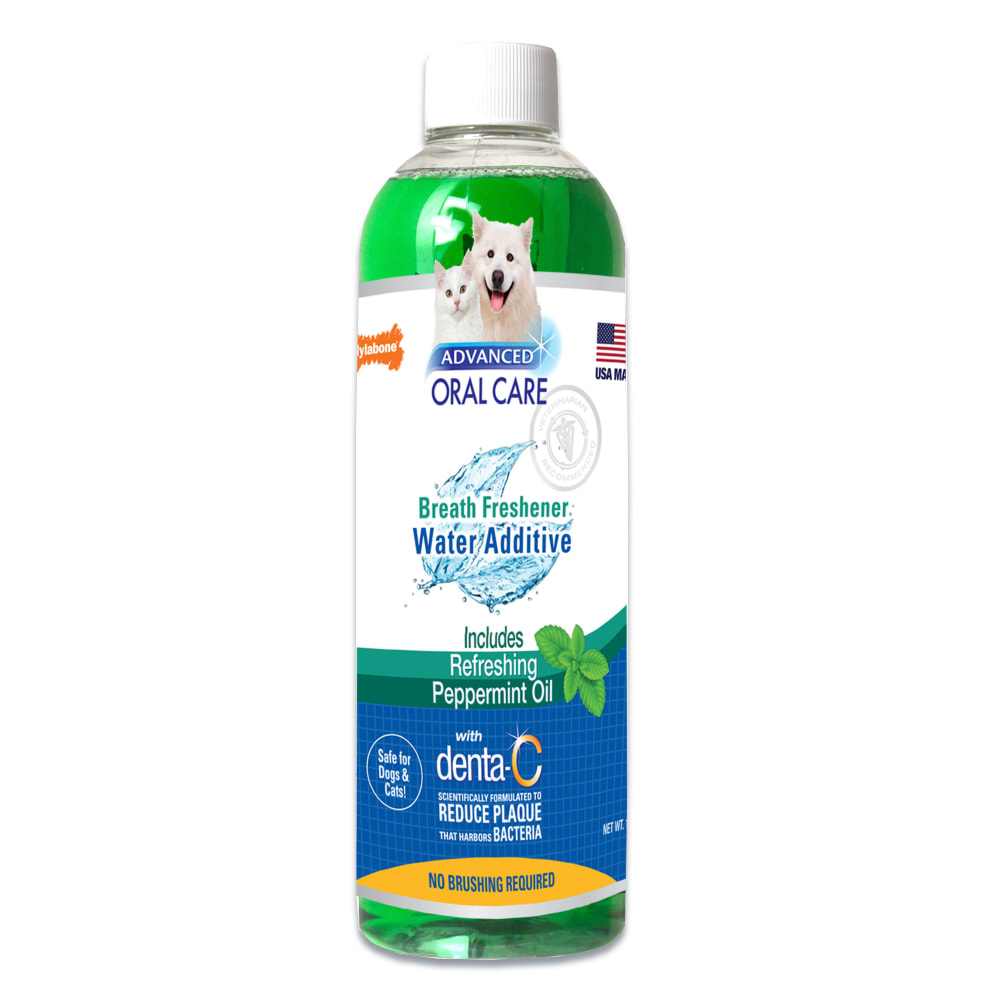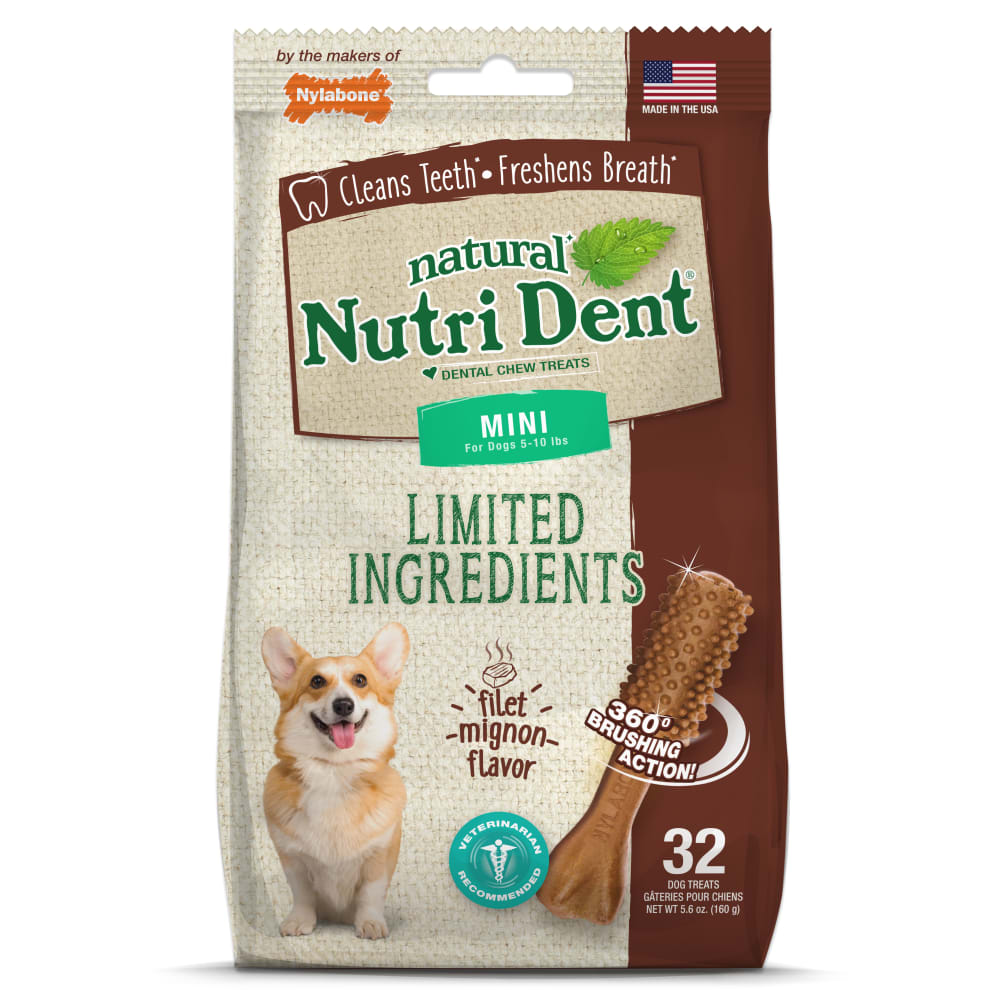How to Brush Your Dog’s Teeth in 5 Steps
When is the last time you brushed your dog's teeth? Aside from making your dog's smile shine, this is a major step in your dog's oral hygiene routine.
Regular teeth cleaning is essential for dogs' overall health—especially in preventing periodontal disease. This painful condition can lead to a weakened jaw, and in some cases, puts dogs at a higher risk for developing heart, kidney, and liver disease. If you're wondering how to brush your dog's teeth, follow these steps to help give your dog a clean and sparkling smile.
#1: Massage Your Dog's Gums
If you have never brushed your dog's teeth, they will likely be uncomfortable with a toothbrush. To help acclimate them with teeth cleaning, start by simply massaging their gums with your finger. Gently lift their lips and use your finger to massage their bottom, top, and front gums in a circular motion. It may take a few tries for your dog to get comfortable with your hands near or in their mouth, so take it by short periods of time—even if it's just 15-30 seconds.
#2: Introduce Toothpaste
Once your dog grows comfortable with massaging their gums, put a small amount of dog toothpaste on your finger and encourage your pup to lick it off. This will familiarize your dog with the flavor so they will be more comfortable when it's time to use a brush. Always be sure to use toothpastes specially formulated for dogs—human toothpaste contains fluoride, which can make your dog sick.
#3: Start Brushing
Once your dog is comfortable with toothpaste and gum massaging, it's time to start brushing. In addition to dog toothpaste, you will need a pet toothbrush or some gauze to wrap around your finger. If you use a toothbrush, make sure it's the appropriate size for your dog's mouth. Dog toothbrushes typically have soft bristles and an angled neck that makes it easier to clean hard-to-reach angles of the teeth.
Start brushing the front teeth and gradually move toward the back of the mouth until all of them have been brushed. Focus on removing food residue from the outsides of the teeth. Don't worry about brushing the insides of your dog's teeth—their tongue can clean the inside surfaces well enough.
#4: Follow A Consistent Dental Routine
Although any dental routine is better than none, you should ideally brush your dog's teeth daily. It's also important to consistently visit the veterinarian. An annual vet checkup includes inspecting your dog's mouth and teeth, so any signs of disease can be caught early. Dog dental chews and treats can also assist in oral hygiene by cleaning teeth and controlling plaque and tartar buildup.
#5: Learn the Signs of Gum Disease
In between your annual vet visits, it's helpful to regularly check your dog's mouth, gums, and teeth so you can easily identify when something looks out of the ordinary. Gum disease may be tough to spot early on, so check your dog's mouth for these common signs of gum disease:
- Loose or discolored teeth
- Bad breath
- Red or swollen gums
- Receding gum line
- Gums bleeding easily
If you notice any of these symptoms, play it safe and contact your veterinarian. Gum disease can be controlled in its early stages, but there is little you can do once it develops. A consistent dog dental care routine is the best defense against gum disease.
Remember to reward your dog when they do a good job during training—positive reinforcement is a great way to influence behavior. Keeping your dog's oral hygiene healthy will keep you both smiling from ear to ear!
Have you ever wondered if a dog's mouth is cleaner than a human's? Check out our article for the truth behind the myth!
FOLLOW US!






